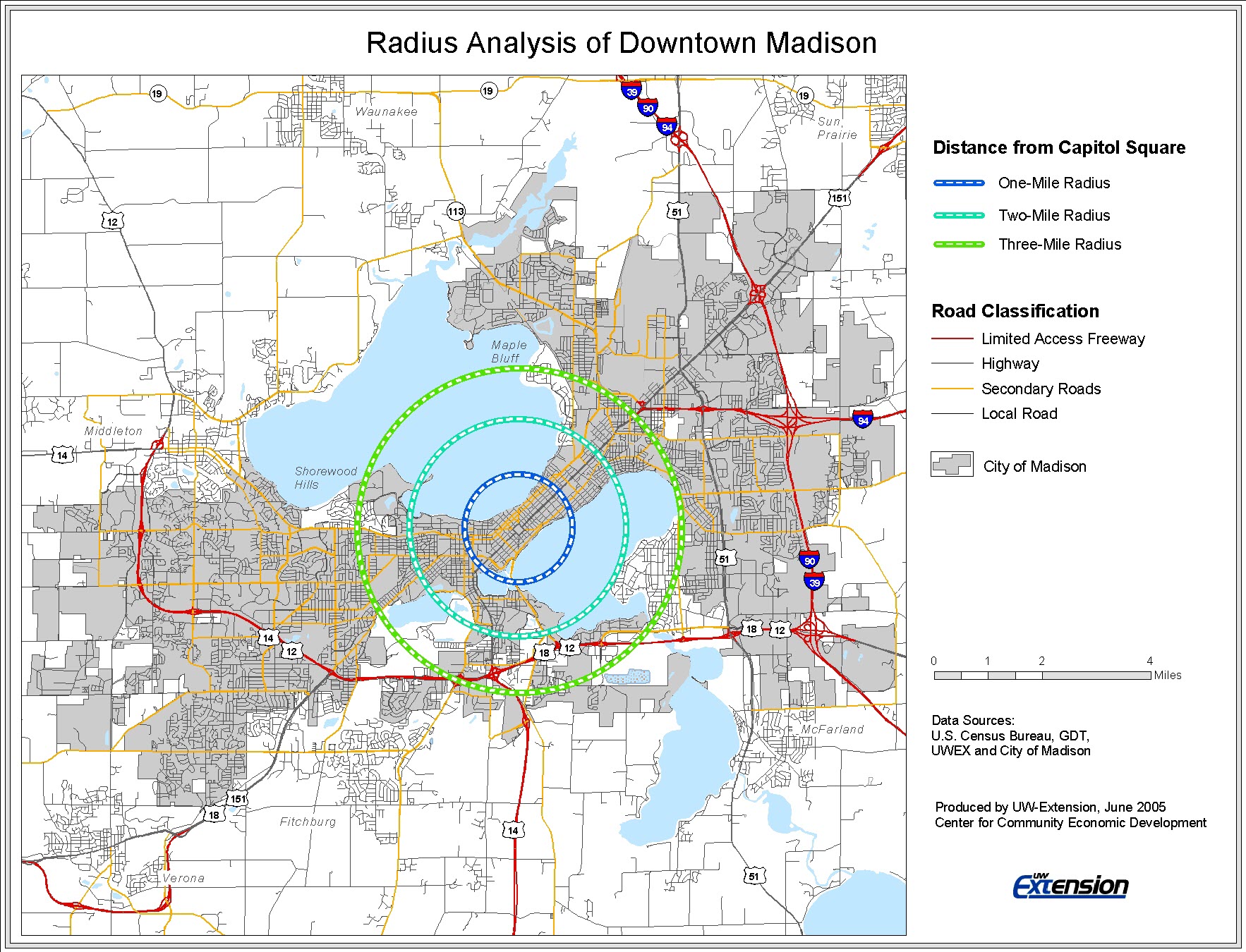A Methodology For Evaluating Geographical Profiling Software
AbstractObjectives: Current ‘geographical offender profiling’ methods that predict an offender’s base location from information about where he commits his crimes have been limited by employing aggregate distributions across a number of offenders, ignoring the possibility of axially distorted distributions and working with limited probability models. The efficacy of five ideographic models (derived only from individual crime series) was therefore tested.Methods: A dataset of 63 burglary series from the UK was analysed using five different ideographic models to make predictions of the likely location of an offenders home/base: (1) a Gaussian-based density analysis (kernel density estimation); (2) a regression-based analysis; (3) an application of the ‘Circle Hypothesis’; (4) a mixed Gaussian method; and (5) a Minimum Spanning Tree (MST) analysis. These tests were carried out by incorporating the models into a new version of the widely utilised Dragnet geographical profiling system DragNetP. The efficacy of the models was determined using both distance and area measures.Results: Results were compared between the different algorithms and with previously reported findings employing nomothetic algorithms, Bayesian approaches and human judges. Overall the ideographic models performed better than alternate strategies and human judges.
- A Methodology For Evaluating Geographic Profiling Software Reviews
- A Methodology For Evaluating Geographic Profiling Software Online
Each model was optimal for some series, no one model producing the best results for all series.Conclusions: Although restricted to one limited sample the current study does show that these offenders vary considerably in the spatial distribution of offence location choice and mathematical models therefore need to take this into account. Such models will improve geographically based investigative decision support systems. (Eds.) Metropolitan Crime Patterns.(2004). A Methodology for Evaluating Geographic Profiling Software: Final Report.(2010).
A Theoretical and.(2010). All Offenders Are Equal, But Some Are More Equal Than Others: Variation in Journeys to Crime Between Offenders.(2009).
Bayesian Journey to Crime Modelling of Single and Multiple Crime Type.(2011). Bayesian Journey-to-Crime Estimation: An Improvement.(2009). Bayesian Journey-to-Crime Modelling of Juvenile and Adult Offenders by Gender in Manchester.(2007). Clinical Versus Actuarial Geographic Profiling Strategies: A Review of the Research.(1998).
Crime Scene and Distance Correlates of Serial Rape.(2005). CrimeStat III. Crime Mapping News.(2000). Criminal’s Mental Maps.

Data Analysis Using the Method of Least Squares: Extracting the Most Information from Experiments.(2011). Decay Functions and Criminal Spatial Processes: Geographical Offender Profiling of Volume Crime.(1997). Desisting Distance Decay: On the Aggregation of Individual Crime Trips.(2009).
Determining How Journeys-to-Crime Vary Measuring Inter- and Intra-Offender Crime Trip Distributions. Finding A Serial Burglar’s Home Using Distance Decay and Origin Destination Patterns: A Test of Empirical Bayes Journey-to-Crime Estimation in the Hague.(2004). Geographic profiling: Hype or hope? – Preliminary Results into the Accuracy of Geographic Profiling Software. Paper presented at the UK Crime Mapping Conference,.(2004). Geographic Profiling: The Fast, Frugal, and Accurate Way.(2000).

Geographic Profiling. Machine: A Comparison of the Accuracy of Geographic Profiling Methods.(2009). Introduction to the Special Issue on Bayesian Journey-to-Crime Modelling.(2009). Investigative Psychology: Offender Profiling and the Analysis of Criminal Action.(2007). Issues in the Geographic Profiling of Crime: Review and Commentary.(2007). It's No Riddle, Choose the Middle: The Effect of Number of Crimes and Topographical Detail on Police Officer Predictions of Serial Burglars' Home Locations.(2003).
Level Sets and Minimum Volume Sets of Probability Density Functions.(2004). NIJ Roundtable for Developing an Evaluation Methodology for Geographic Profiling Software.(1962). On the Estimation of a Probability Density Function and Mode.(2002). Parzen-Window Network Intrusion Detectors.(2000). Predicting Serial Killers’ Home Base Using a Decision Support System.(2002). Predicting the Home Location of Serial Offenders: A Preliminary Comparison of the Accuracy of Human Judges with a Geographic Profiling System.
Behavioural Sciences and The Law,.(2007). Prioritising Burglars: Comparing the Effectiveness of Geographical Profiling Methods.(2008).
A Methodology For Evaluating Geographic Profiling Software Reviews
Putting Crime in its Place: Psychological Process in Crime Site Location.(1957). Shortest Connection Networks and Some Generalizations.(2006). Spatial Characteristics of Serial Sexual Assault in New Zealand. The Australian and New Zealand.(2009). Spatial Patterns in Serial Crime: Modelling Offence Distribution and HomeCrime Relationships For Prolific Individual Offenders. Unpublished Doctoral Thesis:.(2001). Spatial Patterns of Serial Murder: An Analysis of Disposal Site Location Choice.(2009).
A Methodology For Evaluating Geographic Profiling Software Online
The Bounds of Cognitive Heuristic Performance on the Geographic Profiling Task.(2011). The Effectiveness of Calibrated Versus Default Distance Decay Functions for Geographic Profiling: A Preliminary Examination of Crime Type.(2005). The Efficacy of Ideographic Models for Geographical Offender Profiling.(2002). The Efficacy of Ideographic Models for Geographical Offender Profiling Levine,.(2005).
The Efficacy of Ideographic Models for Geographical Offender Profiling Paulsen,.(1993). Powerdirector 15 keygen. The Environmental Range of Serial Rapists. The Precision, Accuracy and Efficiency of Geographic Profiling Predictions: A Simple Heuristic Versus Mathematical Algorithms. Crime Mapping:.(2011). When to Refrain From Using Likelihood Surface Methods for Geographical Offender Profiling: An Ex Ante Test of Assumptions.